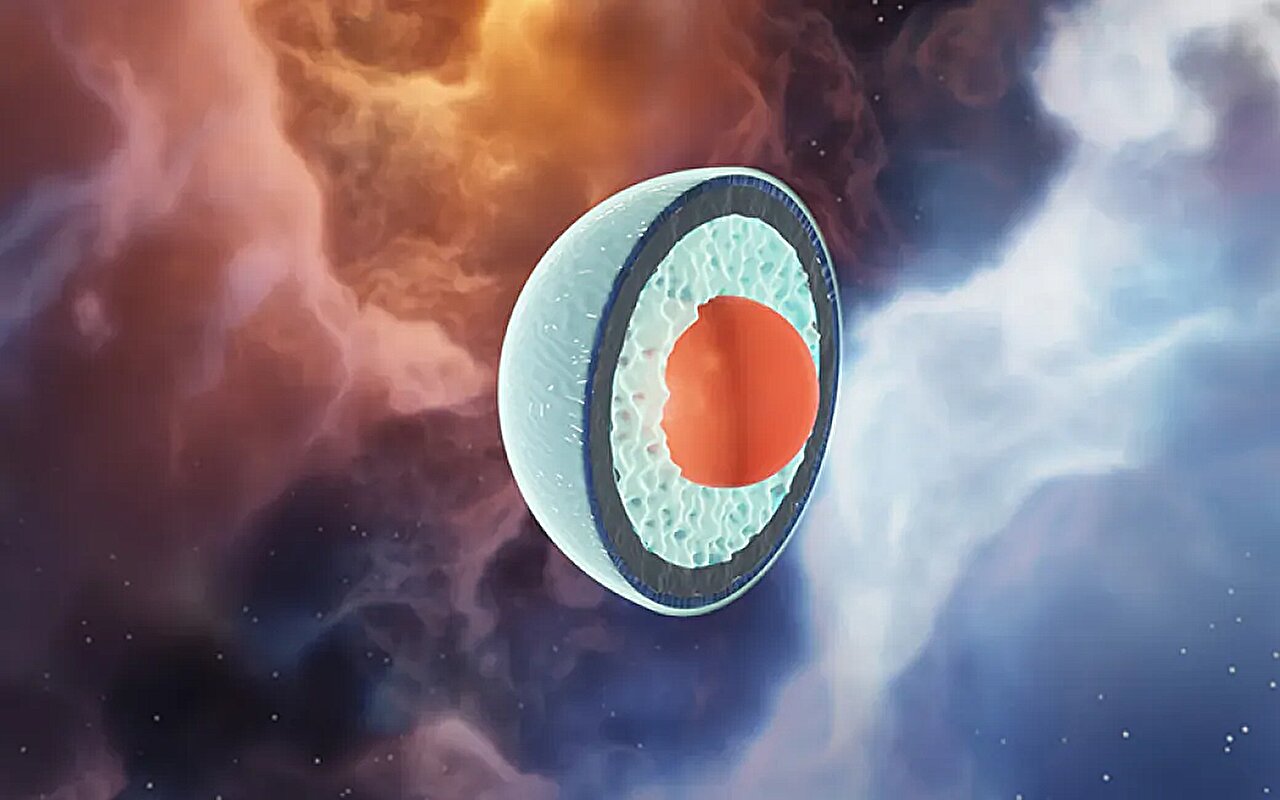Scientists used a powerful supercomputer to simulate conditions inside a neutron star. They are convinced that there may be quark cores inside these objects. The matter in them is in conditions that cannot be reached anywhere else.

Exotic matter in neutron stars
A group of scientists from Finland, Norway, Germany and the United States used a supercomputer to simulate conditions inside neutron stars. They found evidence that they may have quark cores.
Neutron stars are formed as a result of supernova explosions. During this process, a mass equal to two solar masses can shrink into a volume equal to that of the earth. Gravity causes matter to acquire such a density that not only the electron shells are torn, but the cores disintegrate into protons and neutrons.
No one doubts that matter inside pulsars can be in a state of a chaotic mixture of protons and neutrons. However, scientists have long suspected that it goes even further, and gravity is so strong there that these particles, which are not elementary at all, are already being destroyed. They are made up of quarks.
Usually, quarks cannot exist separately from each other. This is prevented by the parameters, which are called “color” and “aroma”. However, in such extreme conditions, they may simply not act, and matter passes into a hitherto unseen state of cold quark matter.
Quark cores can still exist
The main problem that arises in the way of these reflections is that we do not understand very well the physics of the process of converting nucleon (proton-neutron) matter into quantum matter. This may well be a phase transition similar to the freezing or thawing of water.
In this case, a small amount of the matter that has already carried it out can become an embryo, from which this process will spread to the rest of the matter. Its density will increase, and the neutron star will turn into a black hole.
The reliability of all these statements was verified by scientists using Bayesian statistics and a supercomputer. They conducted millions of simulations and came to the conclusion that neutron stars can still have quark cores in a stable state.
At least, this applies to the most heavy of them. The probability that quantum matter exists in a stable state in their depths reaches 80–90 percent. The probability that they consist of protons and neutrons remains, but it is very small.
According to phys.org
Follow us on Twitter to get the most interesting space news in time
https://twitter.com/ust_magazine


